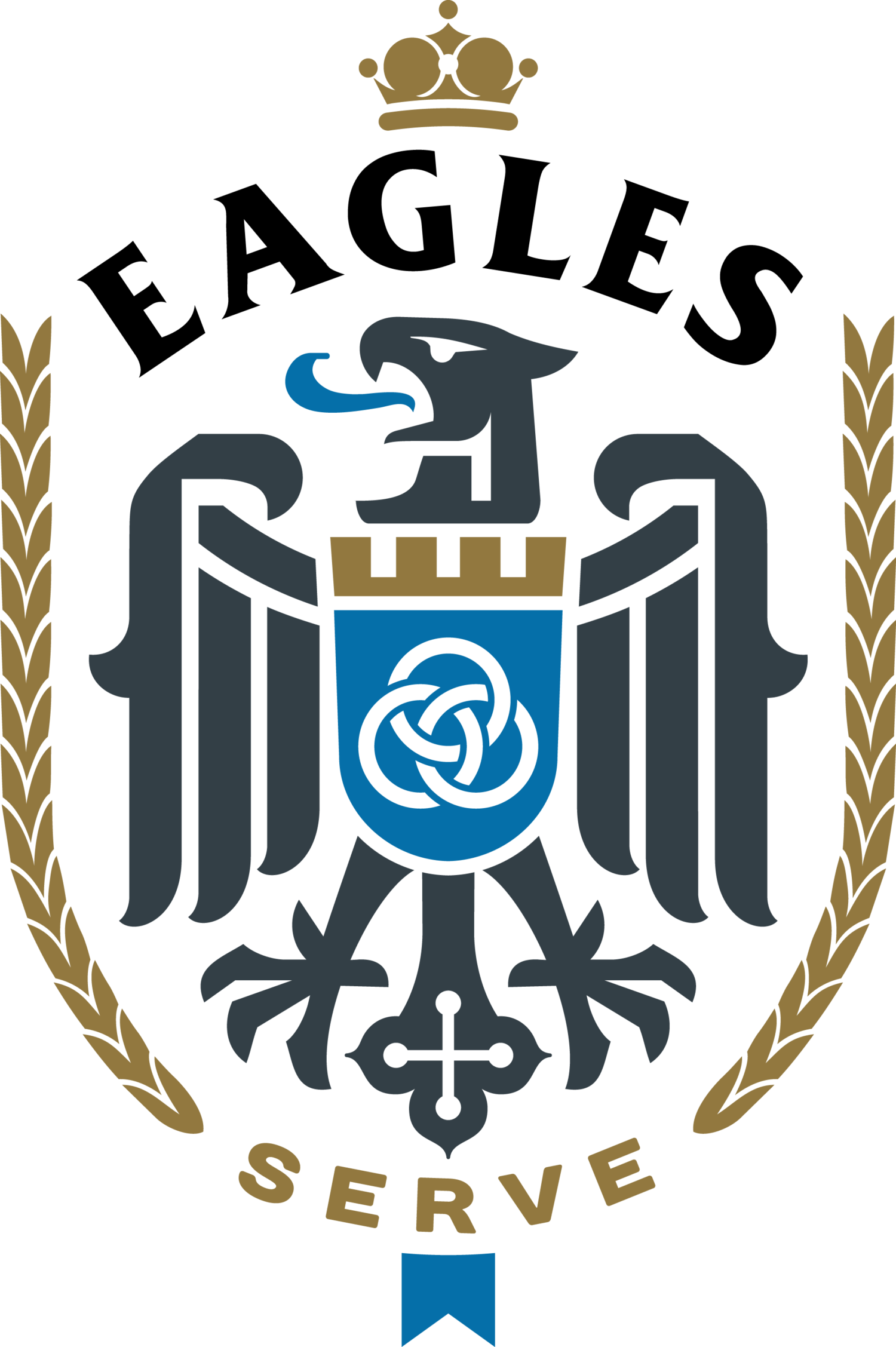“At the early ages, a player must be evaluated
more for his potential, than for his present performance.”
Who are we looking for?
Players who believe they will succeed, improve everyday, endure through hard times, never ever give up, and serve! These are our values, which we live daily.
EVALUATION NIGHTS
2 nights of open evaluations (any player can register and attend).
Attending both nights of evaluations is highly encouraged.
Players will be evaluated using our selection criteria
Players must register within their appropriate age group/birth year and will be evaluated among those peers.
NOTIFICATION AND ACCEPTANCE
Within 24 hours of the final evaluation date, players will be notified if they were offered a position within the Club.
Acceptance is required by officially accepting the player’s position online and by paying the acceptance fee within the same period.
Vocabulary
Insight
Decision making in regards to position, timing, direction, & speed.
Communication
Verbally communicating with players. This is vital for the reorganization of the team.
Non-verbal communication in regards to combination play and working with teammates.
Concentration
Maximum focus to execute decisions. Stress management techniques are vital for peak performance
Fitness
Sustaining soccer actions (passing, shooting, etc.) for the duration of the game.
Older players must create & maintain explosive actions and Quick recovery between actions.
Technique
Executing decisions in the context of the game (Functional Technique).
Components
Initially players will arrive with varying skill levels, as depicted by the varying size nodes (dots) representing players. The larger the node the higher the skill level. Conventional development seeks to develop the individual apart from the team which in turn keeps them from developing within the context of the game. Players must learn to develop their non-verbal communication techniques (passing & receiving skills) because this is the only way for players to interact with one another (combination play).
Centralized
As depicted above the larger nodes (more skilled players) are generally located in the center and right side of the field. Naturally players with the best input/output skills will be placed in the center to promote ball flow. Ball flow will tend to flow to the right due to most players being right footed. The larger nodes usually have more connections with each other because they have better input/output (receiving & passing) skills. The issue with this dynamic is there are obvious weaknesses in regards to the amount of connections the smaller nodes have (1 connection verses the largest node having 4 connections) and the predictable ball flow which could easily be neutralized.
Distributed
The distributed network means that the players’ input/output skills are developed enough to facilitate multiple connections (each node has the capacity to connect with 4 nodes). The ball can flow through multiple nodes and across vast distances. This makes it more difficult to stop ball flow. We want players to transition from being individuals (components) to skilled agents with dense interactions to promote our attacking style of play.


